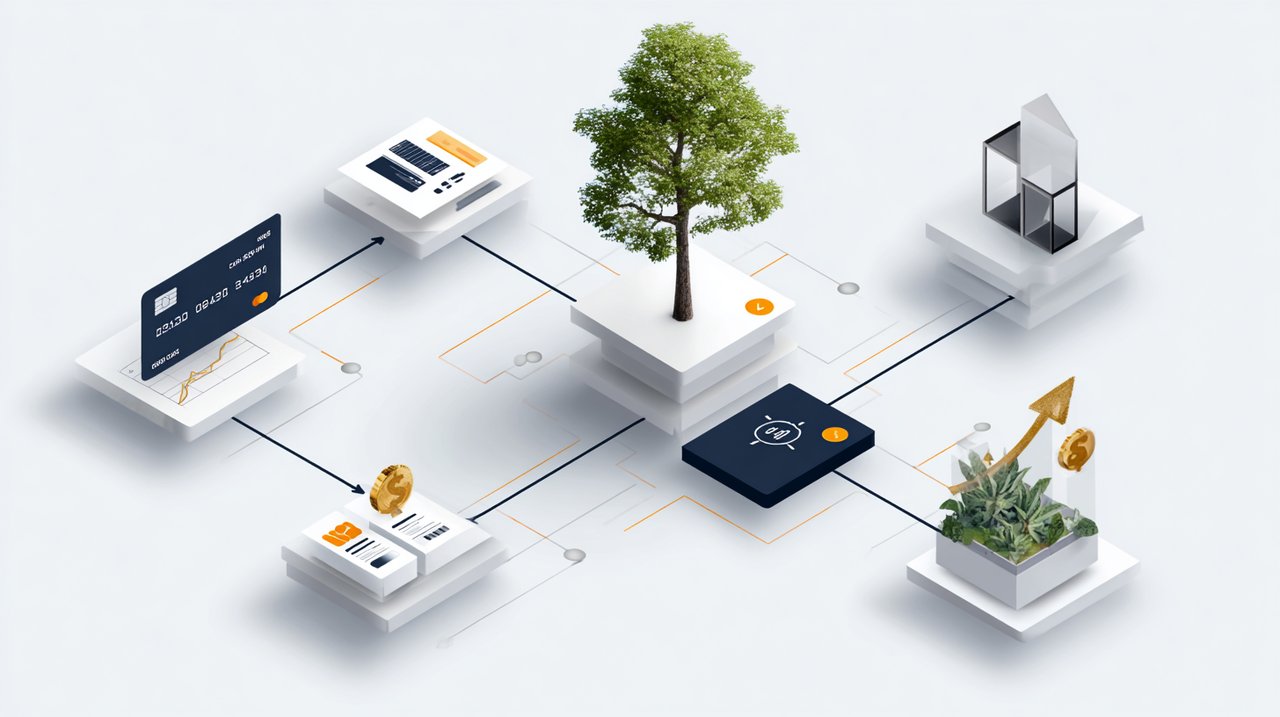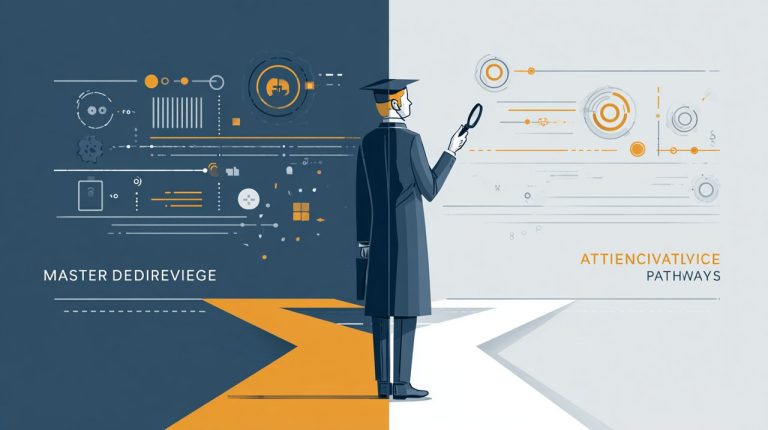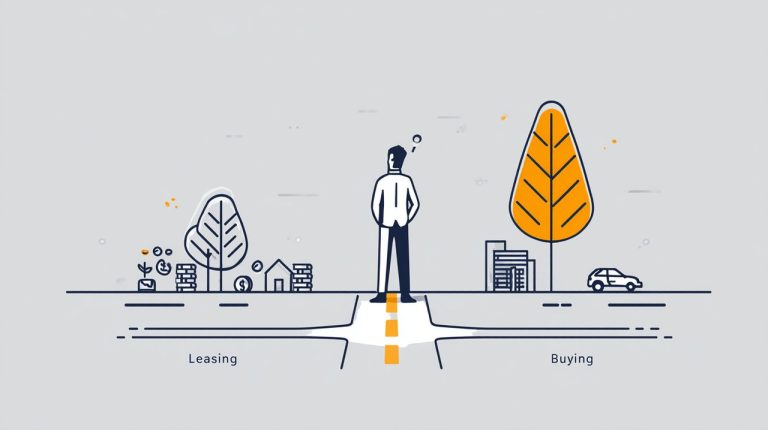Imagine this: you’re diligently paying off your credit card balance each month, yet the principal barely budges, swallowed by exorbitant interest rates. It’s a reality for millions, where high-interest debt can feel like an insurmountable barrier to financial freedom and investing dreams. The question of whether to prioritize investing or debt repayment is a cornerstone of personal finance, often sparking confusion and anxiety.

Investment and Debt: Max Pan’s Financial Framework
Deciding between investing and aggressive debt repayment is not a one-size-fits-all answer. Max Pan’s financial philosophy emphasizes a strategic, personalized approach. The optimal path hinges on several critical factors, primarily the interest rates on your debts versus your potential investment returns.
For instance, a credit card charging 20% interest means you are guaranteed a 20% “return” by paying it off. This is a risk-free return that is exceptionally difficult to match consistently in the stock market, which historically averages 7-10% annually. The psychological impact also plays a significant role; eliminating high-interest debt can provide immense relief and motivation.
Credit Card Debt: Urgency and Pitfalls
Credit card debt stands apart from other forms of debt due to its typically high, compounding interest rates. It acts like a financial black hole, constantly drawing in your income and preventing wealth accumulation. Ignoring this urgent issue can severely jeopardize your financial future.
High-Interest Debt Erosion
High-interest debt erodes your financial stability at an alarming rate. Each month, a significant portion of your payment goes directly to interest, leaving little to reduce the principal balance. This cycle makes it incredibly difficult to achieve any meaningful financial progress, effectively trapping you.
“High-interest debt is not just a financial burden; it’s a relentless thief of future wealth opportunities.”
Common Debt Management Misconceptions
Many individuals fall into common traps when managing credit card debt. Relying solely on minimum payments is a primary pitfall, as it prolongs the debt and maximizes interest paid. Another misconception is frequently transferring balances without a concrete repayment plan, which merely shifts the problem rather than solving it. These approaches offer temporary relief but lack a sustainable strategy.
5-Step Credit Card Debt Blueprint
Taking control of your credit card debt requires a structured, step-by-step guide to eliminate credit card debt. Max Pan’s action blueprint provides effective strategies to pay off credit card debt designed for anyone, especially how to manage credit card debt for beginners.

Step One: Financial Assessment
The first critical step in How to Get Out of Credit Card Debt in 5 Steps is a comprehensive financial assessment. List every debt you owe, noting the balance, interest rate, and minimum payment. Create a detailed budget to understand your income and expenditures, identifying where your money truly goes. For example, use a spreadsheet to track all transactions for a month to pinpoint spending patterns.
Step Two: Repayment Strategies
With a clear picture of your debts, choose an optimal repayment strategy. The two most popular are the debt avalanche and debt snowball methods. Max Pan advocates for the debt avalanche method, which prioritizes paying off debts with the highest interest rates first. This mathematically saves you the most money over time. For instance, attack a credit card with 25% APR before a personal loan with 10% interest.
Step Three: Debt Negotiation and Consolidation
Don’t hesitate to contact your creditors. Many are willing to negotiate lower interest rates or a payment plan, especially if you demonstrate commitment. Consider debt consolidation options like balance transfer credit cards (with a 0% introductory APR) or a personal loan. Always ensure these options genuinely lower your overall cost and come with a clear repayment strategy. For example, transferring a $5,000 balance from a 22% card to a 0% APR card for 12 months can save hundreds in interest.
Step Four: Income and Expense Optimization
Accelerate your debt repayment by increasing your income and reducing expenses. Explore side gigs, freelancing, or selling unused items to generate extra cash. Simultaneously, scrutinize your budget for areas to cut back. This could mean reducing dining out, canceling unused subscriptions, or finding cheaper alternatives for essentials. Cutting a daily $5 coffee habit, for example, can free up an additional $100-$150 per month for debt payments.
Step Five: Debt Recurrence Prevention
Once your credit card debt is eliminated, the focus shifts to preventing its return. Build a robust emergency fund covering 3-6 months of living expenses to avoid relying on credit cards for unexpected costs. Automate bill payments and savings transfers to maintain financial discipline. Crucially, cultivate healthier spending habits and a proactive approach to your finances. For instance, set up an automatic transfer of $50-100 from your checking to your savings account each payday.
Beyond Debt: Wealth Growth Phase
After successfully navigating How to Get Out of Credit Card Debt in 5 Steps, your financial landscape transforms. With high-interest debt behind you, you are now poised to focus on long-term wealth creation. This new phase is about strategic investment and securing your financial future.
Financial Foundation Reinforcement
Ensure your financial foundation is rock solid. This means maintaining a fully funded emergency fund and regularly monitoring your credit score to ensure its health. A strong credit score will open doors to better rates on future loans, if needed, and reinforces your financial stability.
Smart Investment Initiation
With your debt cleared, direct your freed-up cash flow towards intelligent investing. Start by contributing to retirement accounts like a 401(k) or IRA, especially if your employer offers a match. Explore diversified, low-cost investment vehicles such as index funds or exchange-traded funds (ETFs) to begin building a robust portfolio. For example, investing in a broad market index fund allows you to own a small piece of hundreds of companies, diversifying your risk and capturing market growth.
Embarking on this journey requires commitment and discipline, but the rewards of financial freedom are immeasurable. Now is the time to scrutinize your financial situation, apply Max Pan’s actionable blueprint, and pave your path toward lasting wealth.
💡 Frequently Asked Questions
Max Pan's financial philosophy suggests that the optimal path depends on comparing the interest rates on your debts versus your potential investment returns. He advises prioritizing high-interest debt repayment, such as a credit card charging 20% interest, because paying it off guarantees a risk-free 'return' that is difficult to consistently match in the stock market.
Credit card debt is urgent because of its typically high, compounding interest rates. It acts like a financial black hole, constantly drawing in income and preventing wealth accumulation, with a significant portion of payments going directly to interest rather than reducing the principal balance.
Max Pan advocates for the debt avalanche method. This strategy involves prioritizing and paying off debts with the highest interest rates first, which mathematically saves the most money over time.
After eliminating credit card debt, the focus shifts to preventing its recurrence and building long-term wealth. This includes building a robust emergency fund (3-6 months of living expenses), automating bill payments and savings, cultivating healthier spending habits, and initiating smart investments like contributing to retirement accounts (401k/IRA) or diversified index funds/ETFs.








